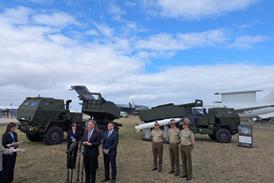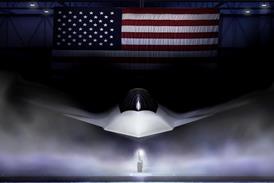US Naval Air Systems Command (NAVAIR) is mulling a shorter test schedule for its Sikorsky CH-53K King Stallion helicopter programme in an effort to save money, Sikorsky’s president said this week.
With the CH-53K now in production, Sikorsky believes it could save time going forward by skipping some test points, Dan Schulz tells reporters this week at the Paris air show. Sikorsky will not know how much time skipping test points will save until after testing finishes.
The USMC is set to replace its ageing fleet of CH-53E heavy lift helicopters with 200 King Stallions, with four early production aircraft scheduled for delivery this year and initial operational capability slated for 2019. The US Navy estimates the cost at about $87 million per example.
The navy laid out the scope of flight tests at the very beginning of the programme and built in areas where testing could be eliminated, says US Marine Corps Lt Col Jonathan Morel, the government's chief test pilot for the CH-53K. The USMC looks for clues in performance, structures, propulsion and avionics to assess whether the service could skip some test points.
The navy is working closely with the Pentagon’s top weapons tester will work closely on analysing the shorter schedule.
“If certain testing was performing as expected over a certain period of time then there would be a chunk of test points that would be considered contingent testing,” he says. “If test points one through seven trend as expected, then we can skip eight, nine and 10."
However, Sikorsky is aware that Lockheed’s decisions to accelerate testing timelines have not always yielded positive results. The F-35’s former programme executive officer Lt Gen Chris Bogdan once called Lockheed’s decision to conduct concurrent production and development “acquisition malpractice".
Schulz emphasises that the CH-53K achieved its milestone C full production approval in April by combining some testing, not by conducting concurrent testing. During normal testing, a service and contractor pilot will conduct flight tests. Combined testing allows one pilot to conduct flight tests where common test points exist, he says. Schulz also used combined testing during his time on the V-22 Osprey programme, which he says worked well.
“In order to be more efficient, we’ve been integrating operational test, along with developmental test and contractor testing from the beginning,” Morel says. “In many cases one checkpoint will check three different boxes, so that was the original going in concept of the integrated test.”
Source: FlightGlobal.com


























